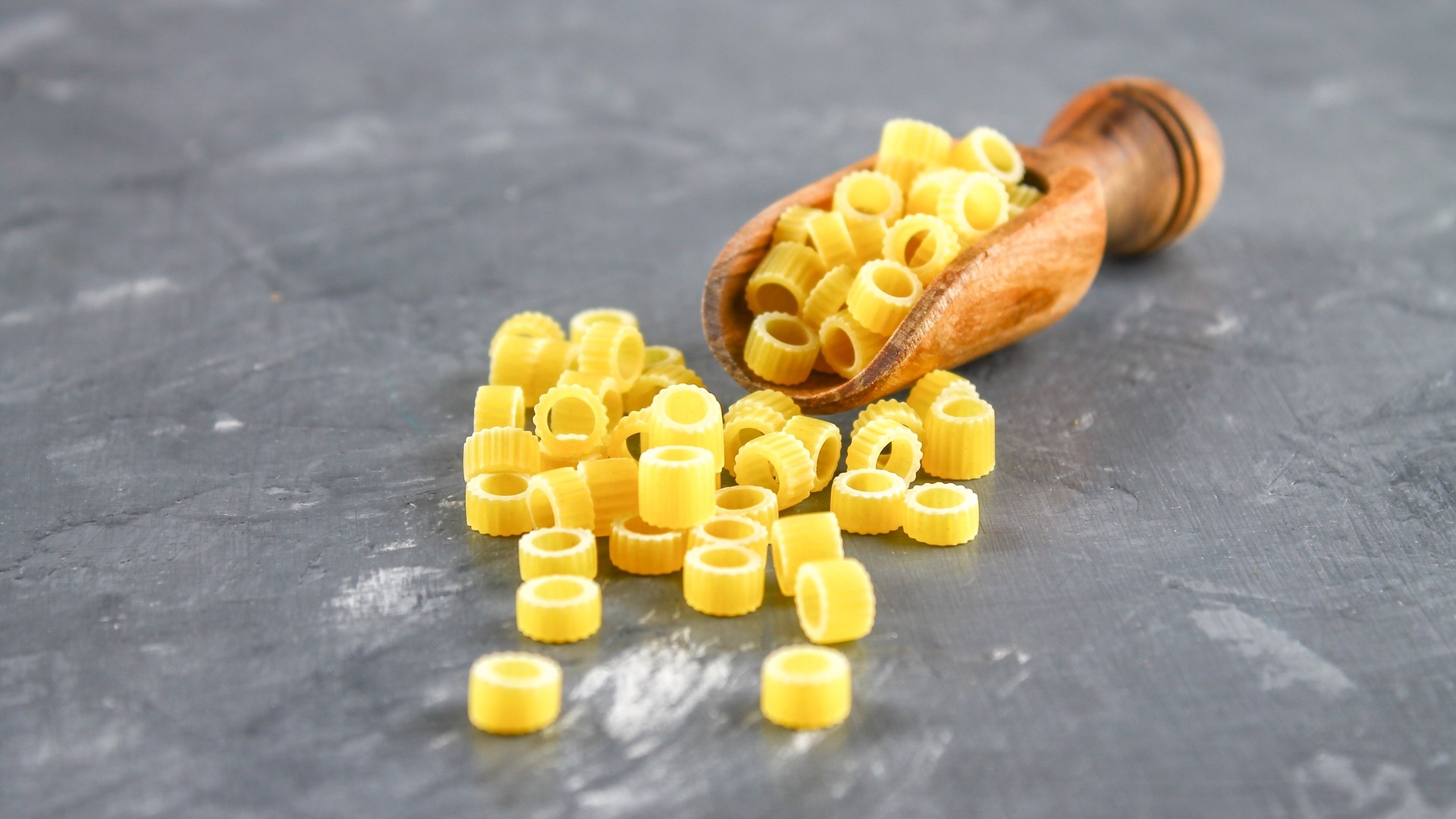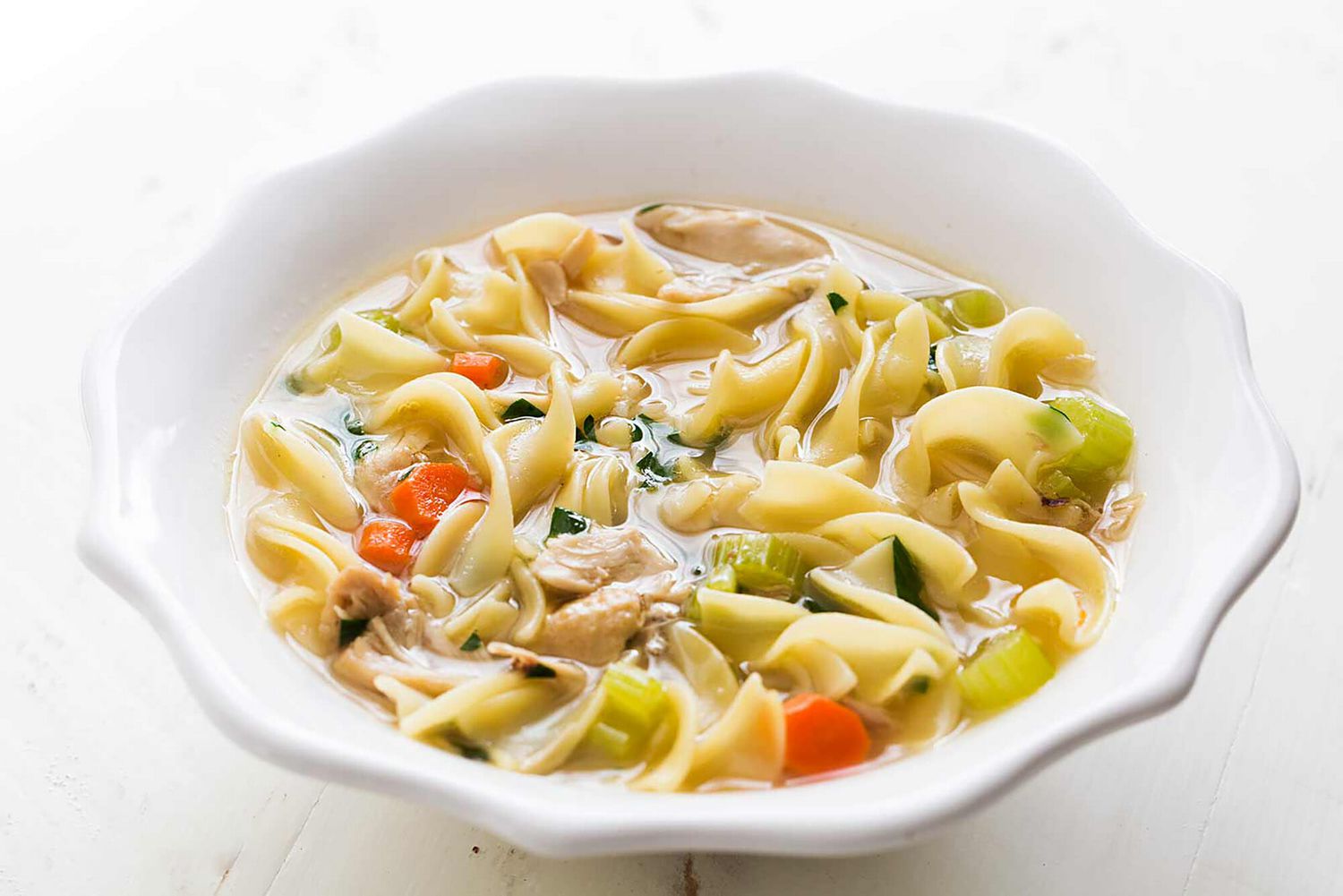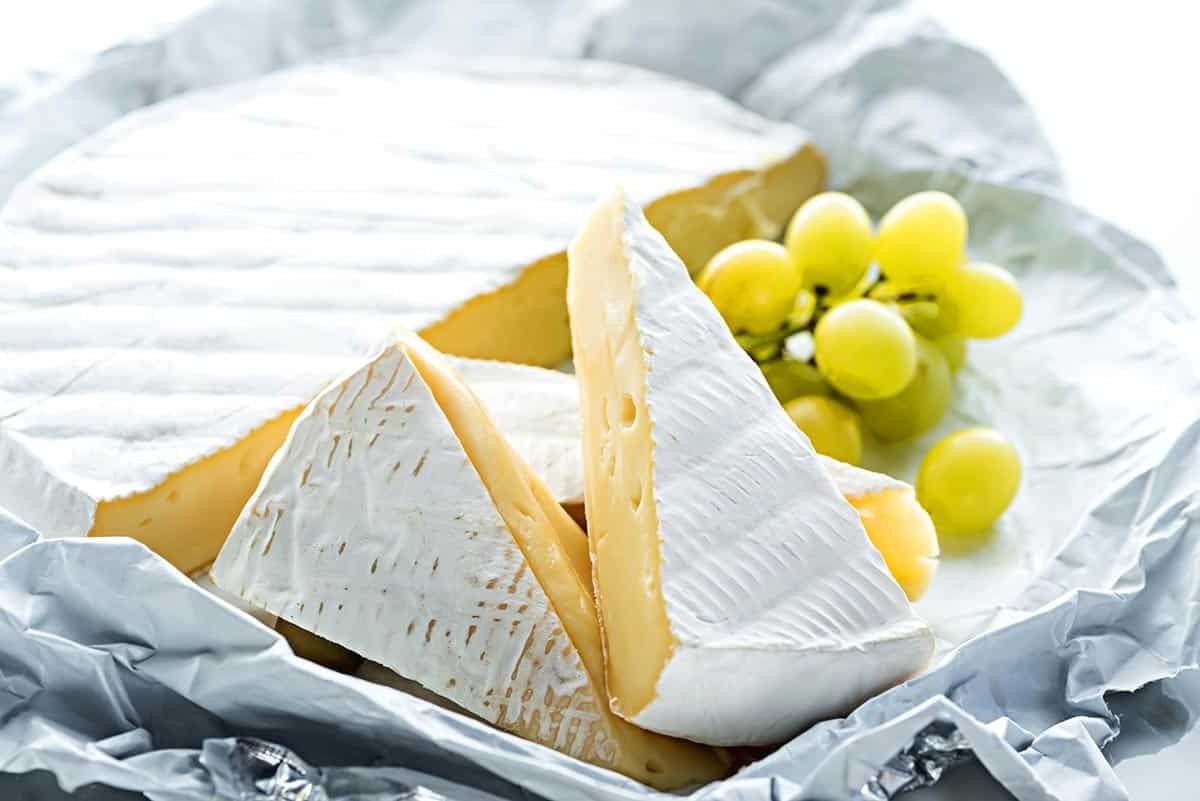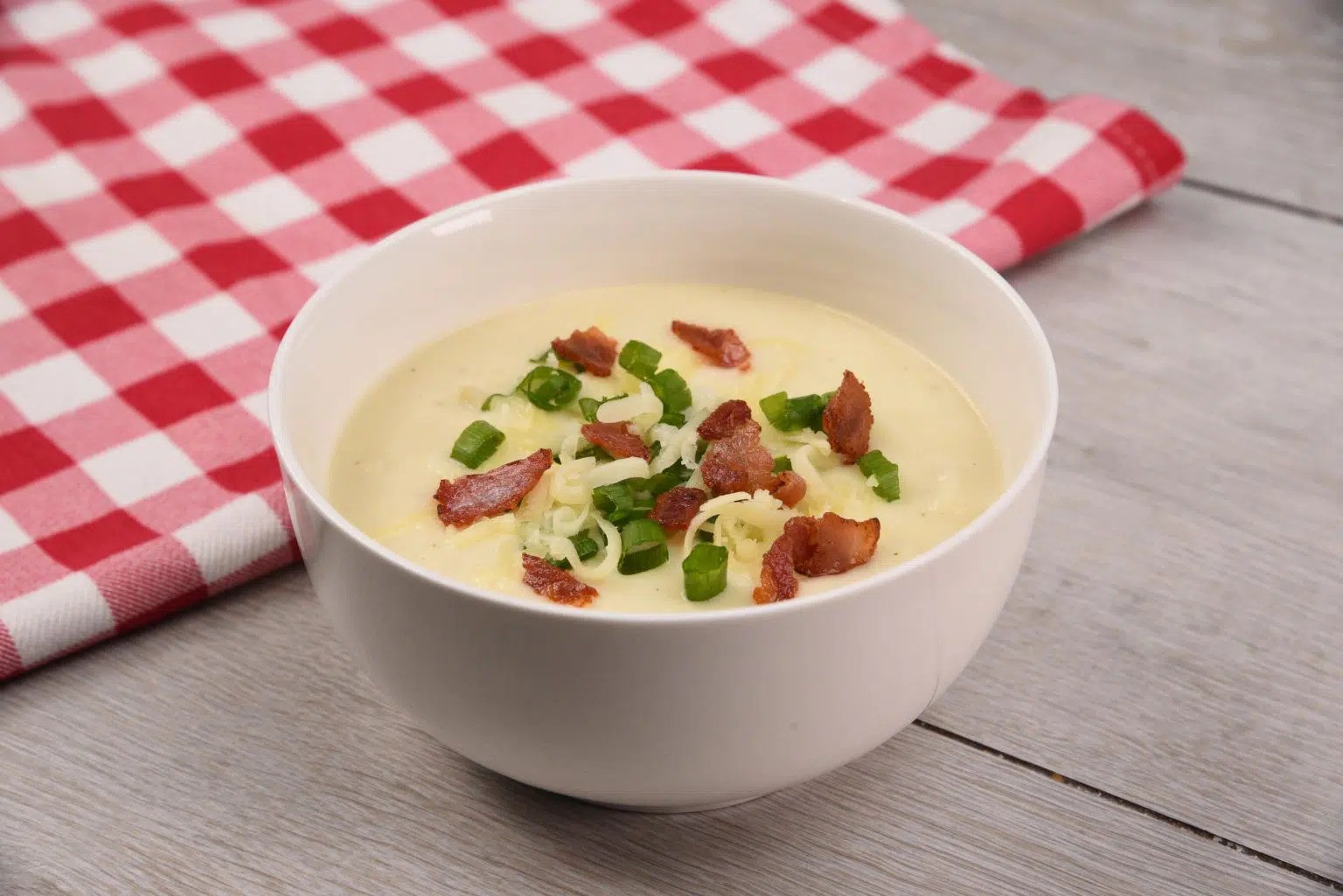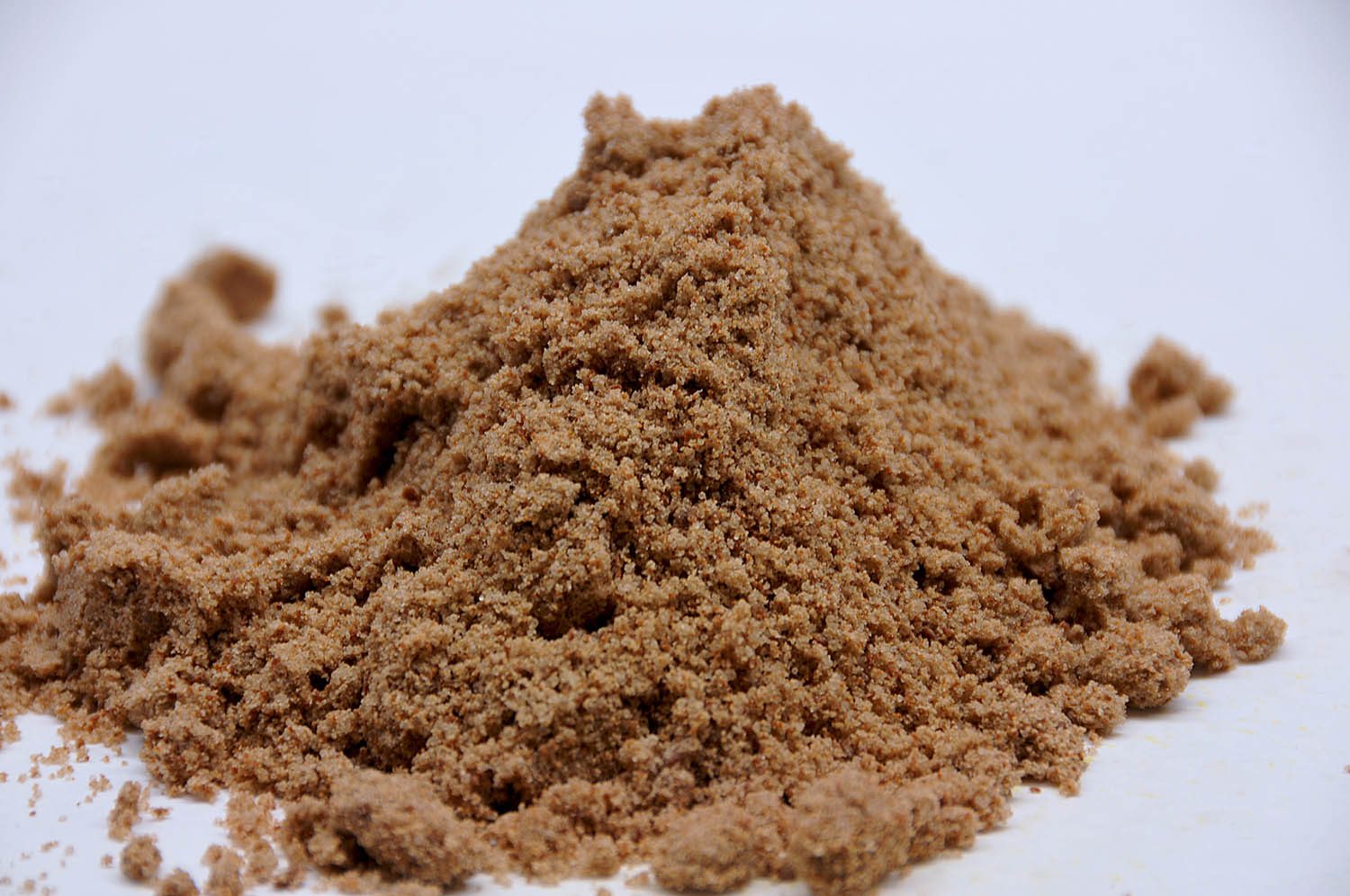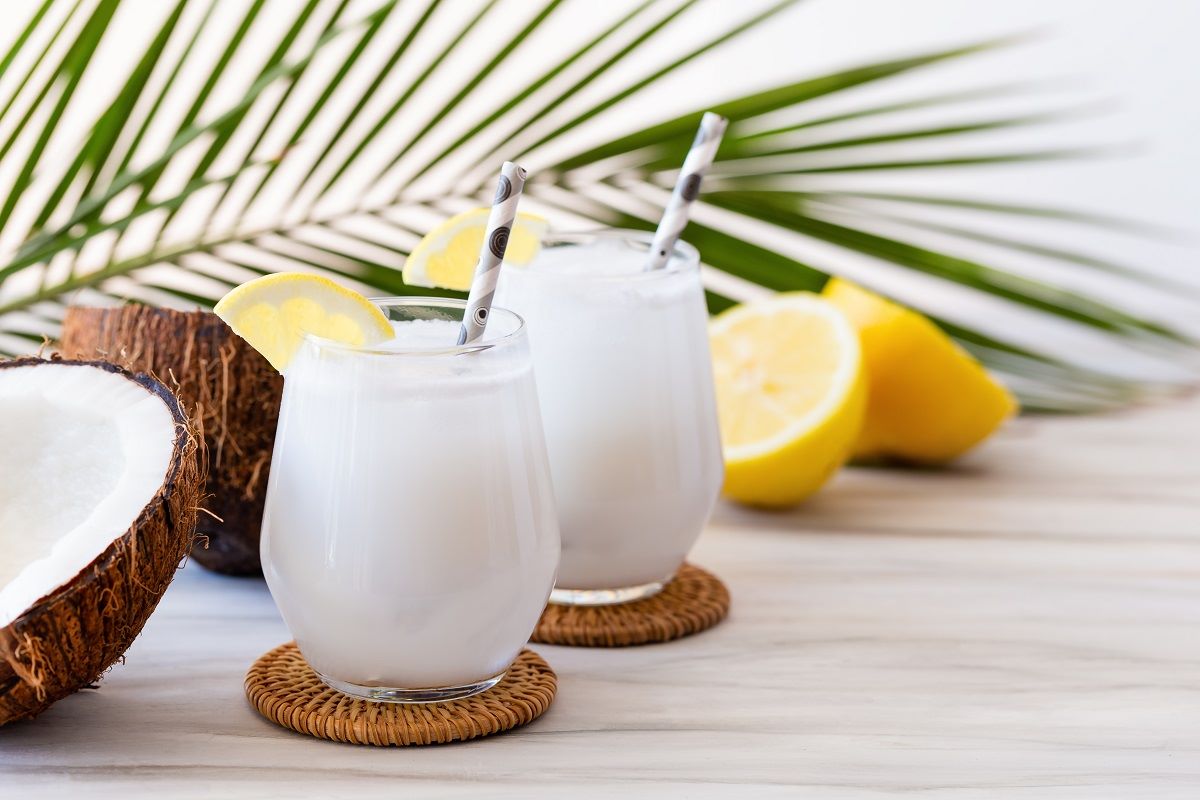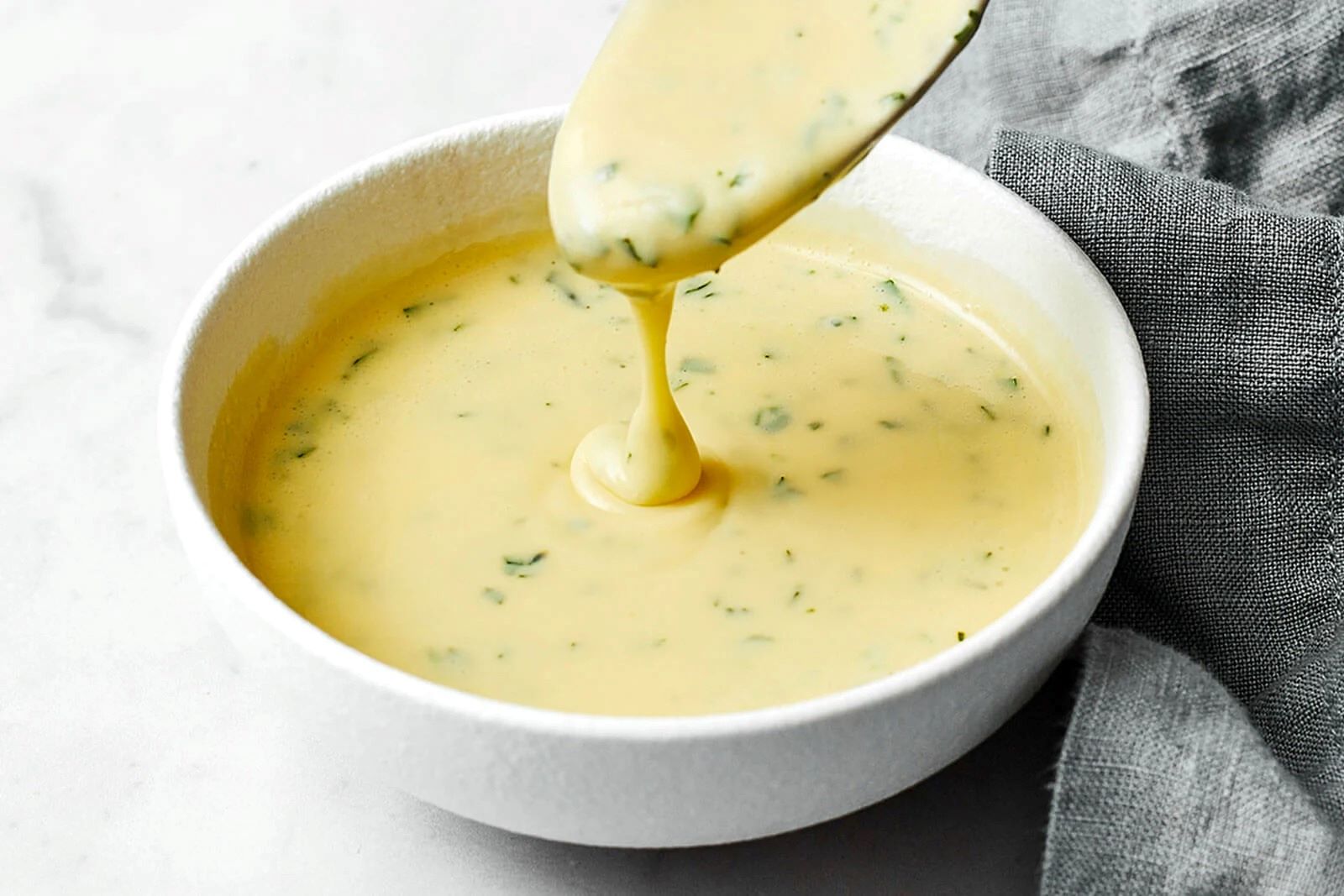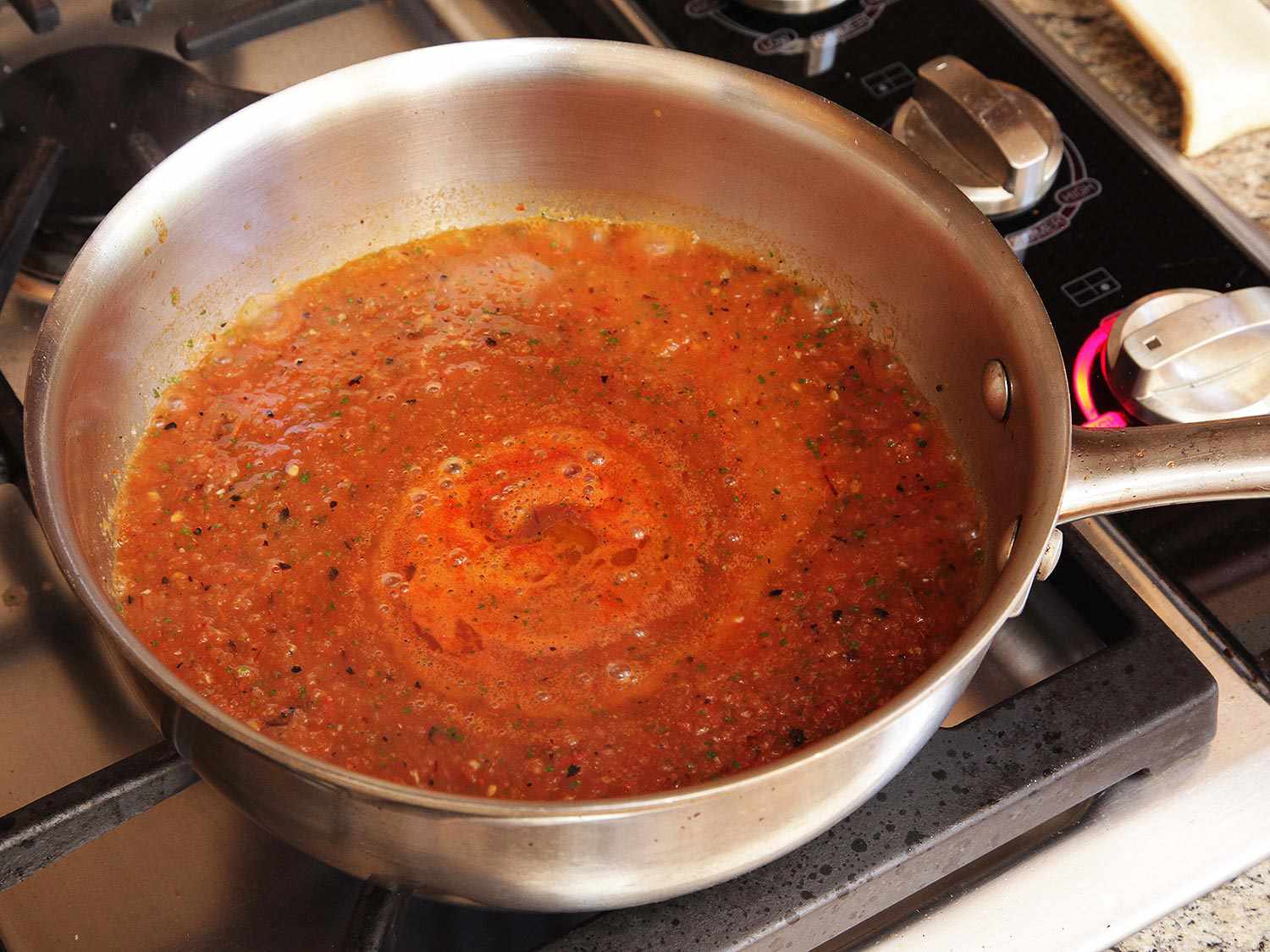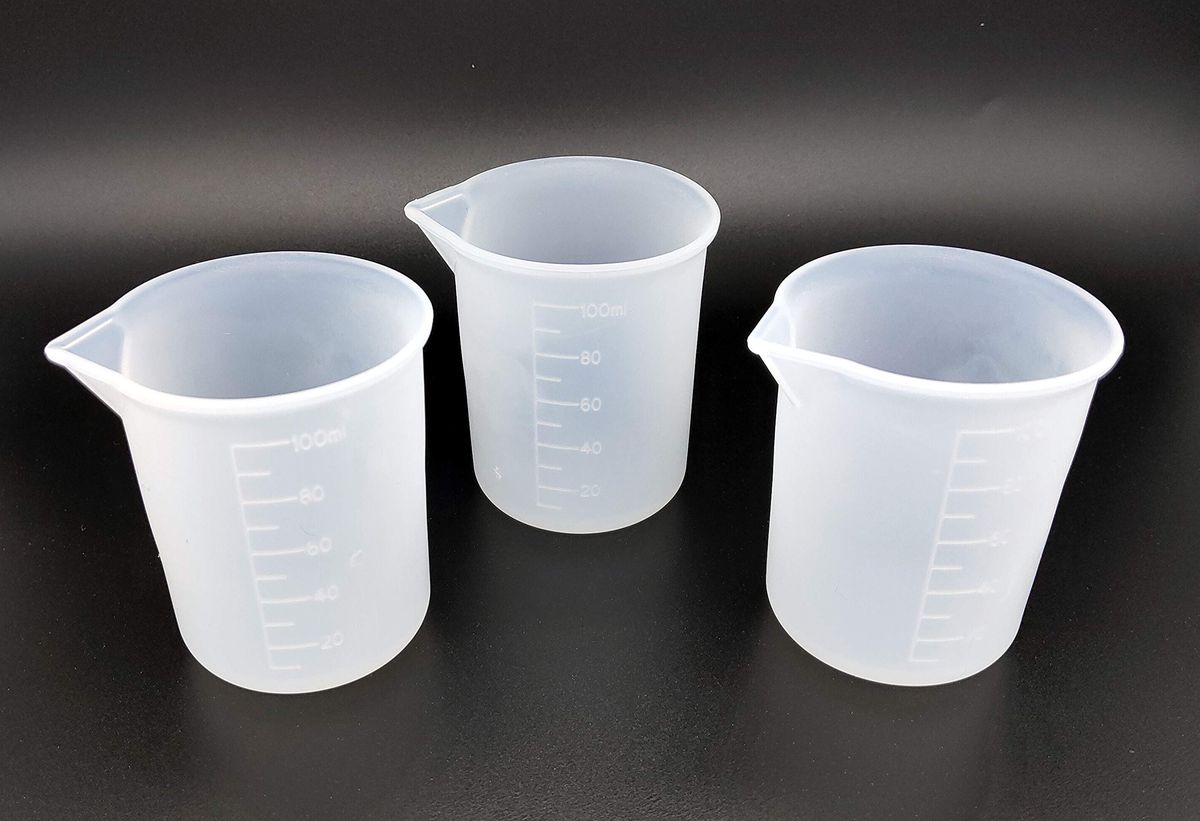Understanding the Base of a Salad
Salads are a versatile and healthy option for any meal. They can be customized with a variety of ingredients to suit different tastes and dietary preferences. However, at the core of every salad lies its base, which forms the foundation of the dish. Let’s delve into the essential components that make up the base of a salad.
1. Leafy Greens
Leafy greens are the most common base for salads. They provide a refreshing crunch and are packed with essential nutrients. Some popular leafy greens used in salads include:
- Lettuce
- Spinach
- Kale
- Arugula
2. Grains and Legumes
Grains and legumes can also serve as a hearty base for salads, adding texture and substance. Quinoa, brown rice, chickpeas, and lentils are excellent options that provide protein and fiber to the dish.
3. Pasta or Noodles
For a more substantial base, pasta or noodles can be used to create pasta salads. They come in various shapes and sizes, offering a wide range of options for creating diverse and satisfying salads.
4. Vegetables
Vegetables play a crucial role in the base of a salad, adding color, flavor, and nutritional value. Some common vegetables used in salads include:
- Cucumbers
- Tomatoes
- Bell peppers
- Carrots
5. Fruits
Fruits can add a delightful sweetness and juiciness to salads, creating a refreshing contrast to other ingredients. Popular fruits used in salads include strawberries, apples, and oranges.
6. Protein
Adding protein to a salad can turn it into a satisfying and complete meal. Grilled chicken, tofu, hard-boiled eggs, or even nuts and seeds can serve as a protein-rich base for a salad.
7. Dressing
While not a physical component, the dressing ties the base ingredients together, enhancing the overall flavor of the salad. Whether it’s a vinaigrette, creamy dressing, or a simple drizzle of olive oil and balsamic vinegar, the dressing is an essential part of the salad base.
Understanding the base of a salad is the key to creating a well-balanced and delicious dish. By combining different elements, you can customize your salad to your liking, making it a satisfying and nutritious meal.
Next time you prepare a salad, consider the base ingredients and get creative with your combinations to enjoy a delightful and wholesome meal.
Was this page helpful?
Read Next: What Is A Carnival Foods List
